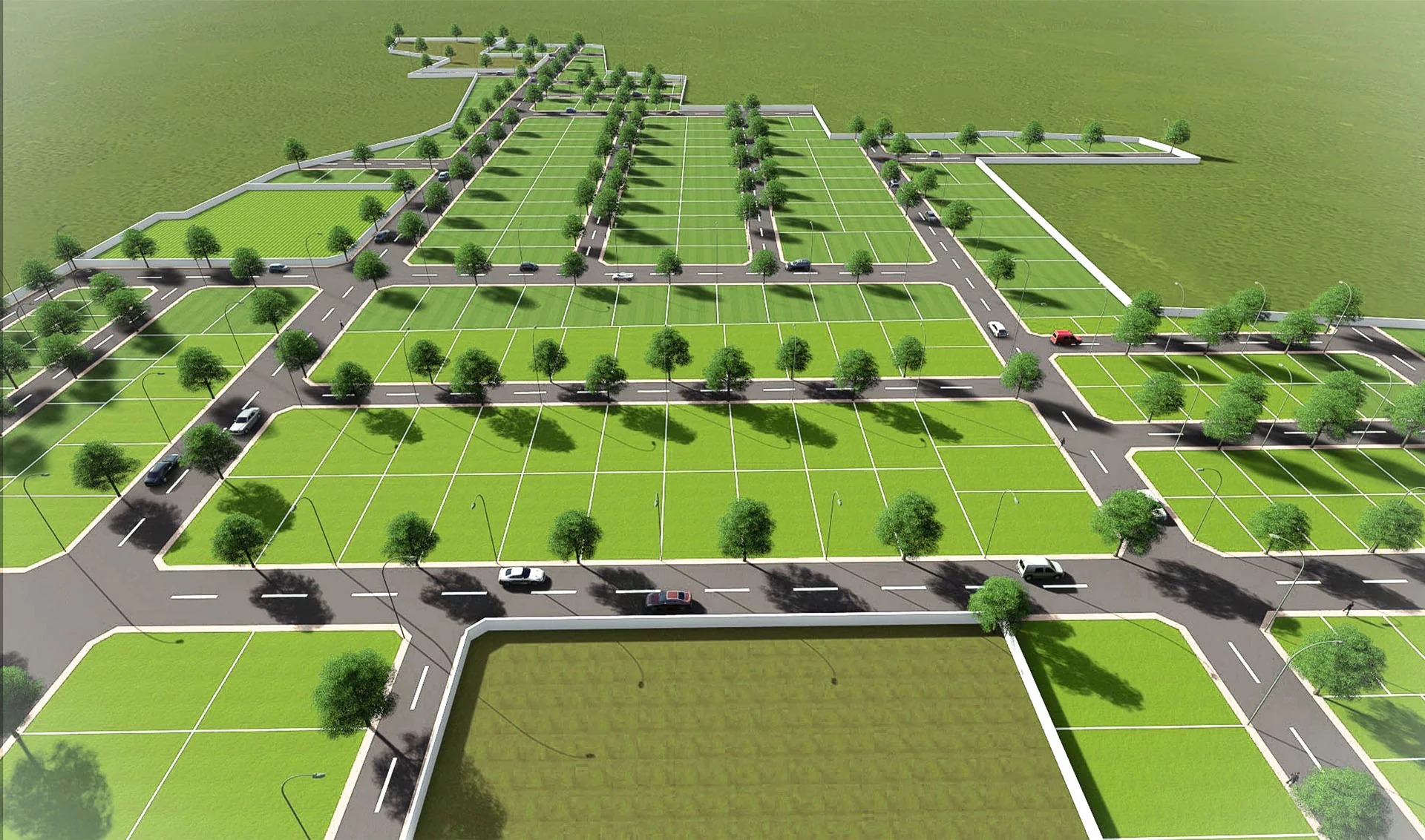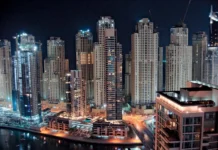Located on the outskirts of Delhi, Tronica City is a prime example of forward-thinking urban design and environmentally conscious growth. Its development from a rough sketch to a bustling residential and business center is an inspiring story of calculated risk-taking, tenacity, and vision. Plots in Tronica City are in higher demand due to the city’s historical development, which mirrors larger patterns of urban expansion and the rising need for eco-friendly living environments.

Early Planning and Vision
The idea for Tronica City originated in the late 1980s, as Delhi was becoming more and more urbanized, necessitating planned suburban developments. This project was started with the help of the Uttar Pradesh State Industrial Development Corporation (UPSIDC), which saw Tronica City as an integrated township that would provide contemporary industrial and residential areas while also easing traffic in Delhi. Ample green spaces were interspersed with residential, commercial, and industrial zones in the original plan for Tronica City, which placed a strong emphasis on balanced expansion. By building a self-sufficient township with all the services required, the planners hoped to lessen reliance on Delhi’s congested infrastructure.
Phased Development and Difficulties
Tronica City’s development was organized into phases, with each phase concentrating on a distinct area of the township. Building the essential infrastructure, including roads, drainage systems, and basic utilities, was the main focus of the early stages. The groundwork for further residential and industrial expansions was laid by this fundamental work. On the other hand, the project ran into a number of difficulties, such as red tape, problems acquiring land, and delays in the construction of infrastructure. Notwithstanding these challenges, there was a strong dedication to the project’s goal. Significant progress had been made by the late 1990s and early 2000s, when residential plots in Tronica City were allotted and industrial units were established.
Development and modernization
Tronica City saw a period of rapid expansion around the year 2000. During this phase, the government’s emphasis on building the National Capital Region (NCR) and enhancing connectivity was vital. Major highway development and enhanced public transportation connections increased Tronica City’s accessibility, drawing in both inhabitants and businesses.
Current Advancements and Prospects for the Future
Tronica City is a thriving example of urban planning done right today. It has a well-rounded infrastructure that includes shopping malls, schools, hospitals, and green spaces. The incorporation of environmentally friendly methods, like solar energy, rainwater collection, and green areas, highlights the city’s dedication to sustainable living. Tronica City appears to be well-positioned for further expansion and advancement in the future. Its attraction is anticipated to be further enhanced by ongoing infrastructure initiatives, such as the building of new industrial parks and the extension of metro lines. Tronica City’s strategic focus on sustainability and quality of life guarantees that it will continue to be a desirable location for both residents and investors.
Conclusion: Tronica City’s past growth is a fascinating story of fortitude, adaptability, and innovative planning. Tronica City’s path, which began as a way to address Delhi’s urban problems and is now a thriving eco-friendly township, emphasizes the significance of sustainable development in contemporary urban planning. Tronica City is a model for other suburban projects in the area, as evidenced by the continued demand for plots there, which shows both its success and the promising future of the community.










